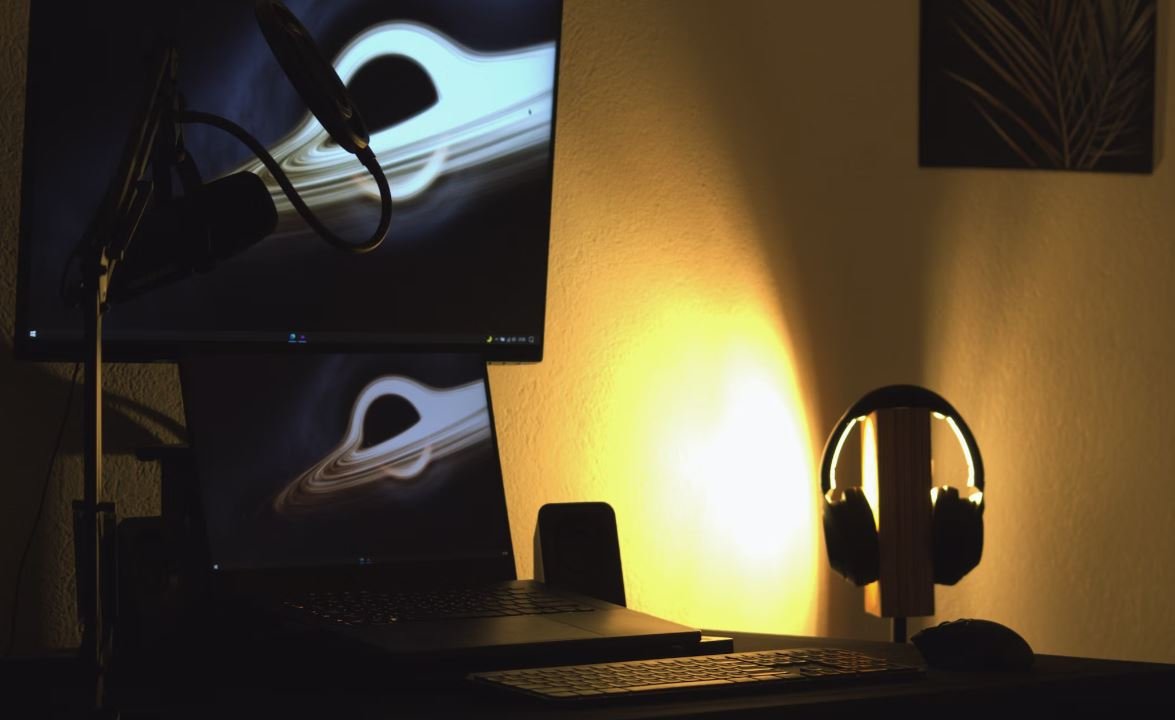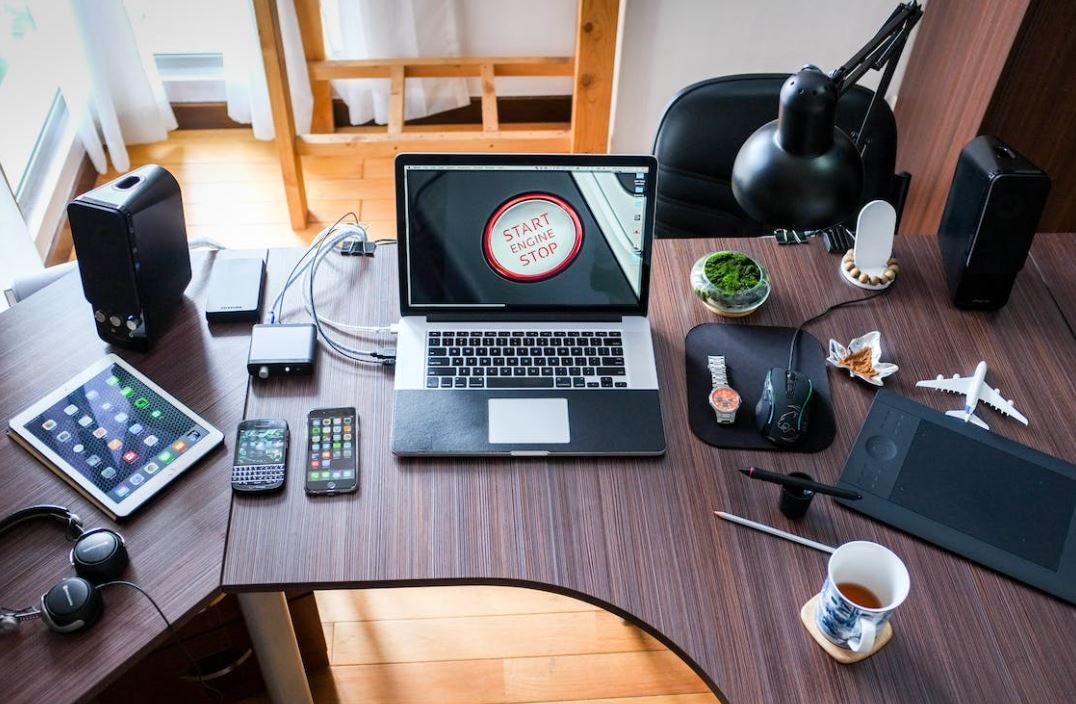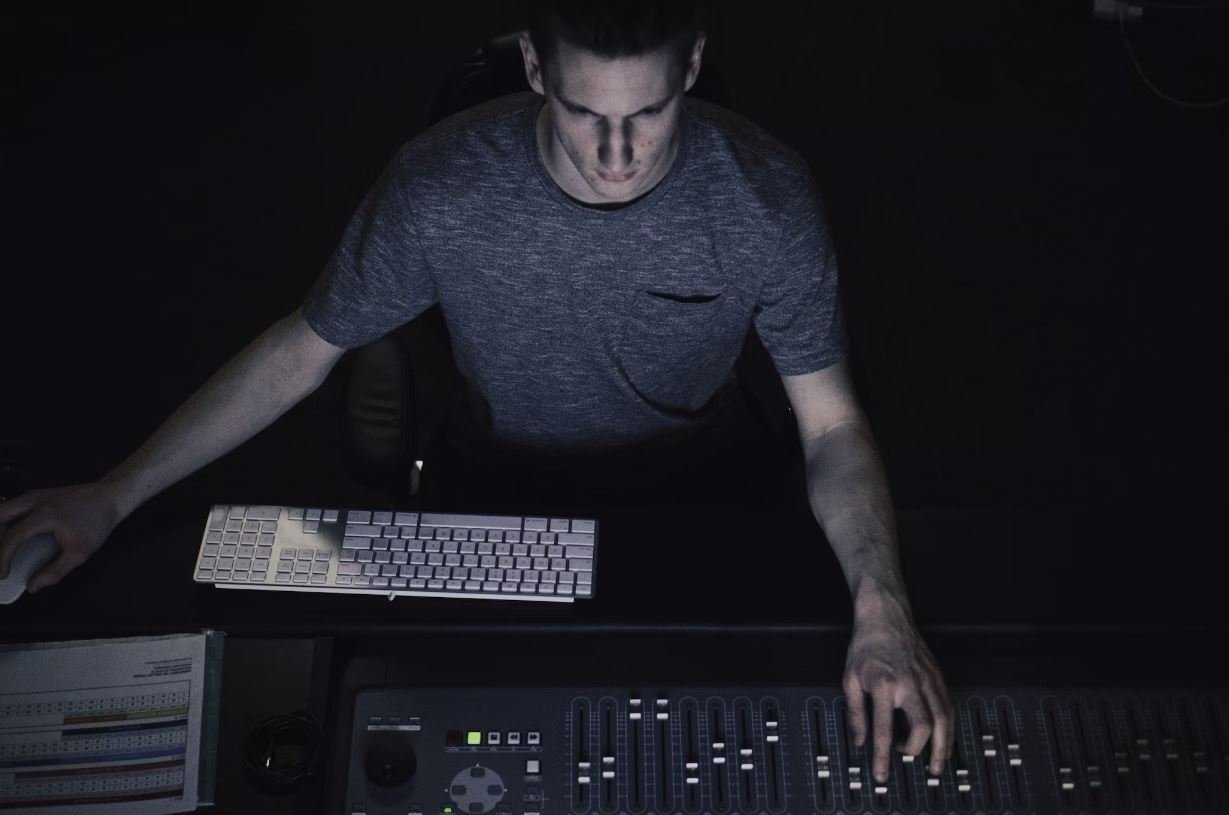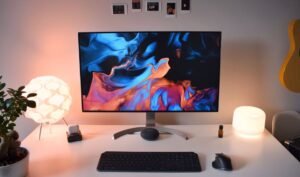Footage or B-Roll: Enhancing Your Visual Content
In the world of filmmaking and content creation, using footage or B-roll can greatly enhance the quality and storytelling of your visual content. Whether you are working on a video project, creating a documentary or building your brand through multimedia, understanding the power and usage of footage and B-roll is crucial.
Key Takeaways:
- Footage or B-roll can elevate the quality of your visual content.
- Footage and B-roll should support and enhance the narrative.
- Different types of footage (e.g., establishing shots, cutaways) serve specific purposes.
- Proper organization and management of footage are essential for efficient editing.
- Be mindful of licensing and copyright issues when using third-party footage.
The Power of Footage and B-Roll
In order to captivate your audience and tell a compelling story, footage and B-roll play a vital role. While the main shots or A-roll serve as the backbone of your visual content, B-roll footage adds depth and helps engage viewers on a different level. The additional footage aids in transitions, provides context, and amplifies the emotions portrayed.
The Types and Purposes of Footage
There are several types of footage that can be utilized for different purposes in your content creation process:
- Establishing Shots: These shots are used to set the scene or introduce a location.
- Cutaways: Cutaway shots are used to provide different perspectives or show details that enhance the storytelling.
- Reaction Shots: These shots capture the emotions and reactions of the subjects, intensifying the impact of the story.
- Archival Footage: Historical footage or archival material can be incorporated to add authenticity and depth.
Organizing and Managing Footage
Efficient organization and management of your footage is essential for a seamless editing process and streamlined workflow. Utilize a structured system for naming and categorizing your footage files based on date, location, or specific scenes. This ensures easy accessibility and saves time when searching for specific clips during the editing phase. Consider utilizing software or digital asset management platforms to further streamline the process.
Footage Licensing and Copyright Issues
When incorporating third-party footage, it is critical to be aware of licensing and copyright considerations. Some key points to keep in mind:
- Ensure you have the proper rights to use the footage for your intended purpose.
- Research and understand the specific licensing agreements associated with the footage.
- Consider utilizing stock footage platforms that provide licenses and legal protection.
Data and Statistics
| Video content with B-roll | Video content without B-roll |
|---|---|
| Higher viewer engagement | Lack of visual interest |
| Improved information retention | Less memorable content |
Benefits of Incorporating Footage
- Enhances storytelling and audience engagement.
- Provides visual context and adds depth to the narrative.
- Creates a polished and professional look for your content.
- Aids in seamless transitions and improves pacing.
Conclusion
Footage and B-roll are powerful tools that can significantly enhance the quality and impact of your visual content. By utilizing different types of footage strategically, organizing your files efficiently, and respecting licensing and copyright regulations, you can elevate your storytelling to new heights. Remember, incorporating footage is not just about adding visuals; it is about creating a rich and immersive experience for your audience.

Common Misconceptions
1. B-Roll is less important than the main footage
One common misconception people have is that b-roll footage is less important than the main footage. B-roll plays a crucial role in enhancing the overall visual experience and conveying a more complete message to the audience. It helps to provide context, establish a sense of place, add variety, and enhance the storytelling elements of the main footage.
- B-roll provides context and depth to the main footage
- It helps to create a more engaging viewing experience
- B-roll enhances the storytelling elements of the video
2. B-Roll is just random filler footage
Another misconception is that b-roll is simply random filler footage without any purpose. In reality, b-roll is carefully selected and planned to support the main footage. It is chosen to visually complement the narrative, illustrate specific points, or add visual interest. Thoughtful selection and placement of b-roll can significantly enhance the overall production quality.
- B-roll serves a specific purpose in supporting the narrative
- It can illustrate specific points or ideas
- Carefully chosen b-roll enhances production quality
3. B-Roll can be shot anytime during production
Some people assume that b-roll can be shot anytime during the production process. However, it is important to plan and capture b-roll footage in conjunction with the main footage to ensure consistency and continuity. Shooting b-roll alongside the main shots enables better integration of the visuals and helps maintain a cohesive visual style throughout the video.
- B-roll should be planned and captured alongside the main footage
- Consistency and continuity are achieved by shooting b-roll together
- B-roll integration enhances the visual style of the video
4. Any footage can be used as b-roll
Another misconception is that any extra or leftover footage can be used as b-roll. While it is true that unused footage can sometimes be repurposed as b-roll, it is more effective to intentionally capture footage specifically for b-roll purposes. This ensures that the visuals align with the intended message and seamlessly blend with the main shots.
- Specially captured b-roll aligns with the intended message
- B-roll visuals seamlessly blend with the main footage
- Capturing footage specifically for b-roll ensures effectiveness
5. B-Roll is only used in documentaries
Lastly, many people believe that b-roll is only used in documentaries or news segments. However, b-roll can be utilized in various types of videos, including promotional videos, advertisements, music videos, and even vlogs. It adds visual interest and professionalism to any production, regardless of the genre or topic.
- B-roll is not limited to documentaries or news segments
- It can be used in various types of videos for added interest
- B-roll enhances professionalism in any genre or topic

How much B-Roll do you need?
One of the most important aspects of creating a captivating video is the use of B-Roll footage. B-Roll refers to the supplementary footage that is intercut with the main shots to provide context, add visual interest, or enhance the narrative. But how much B-Roll do you really need? The answer may vary depending on the length and style of your video. Below, we present a breakdown of B-Roll usage in different video formats to help you understand its significance.
Duration of Video: 1 Minute
| Video Type | Main Shots | B-Roll Shots |
|---|---|---|
| Presentation | 40 seconds | 20 seconds |
| Interview | 30 seconds | 30 seconds |
| Product Showcase | 50 seconds | 10 seconds |
For a one-minute video, it is recommended to have a balance between main shots and B-Roll shots. In a presentation-style video, allocating 20 seconds to B-Roll can effectively enhance the visual appeal without overwhelming the central message. For interviews, having an equal ratio of main and B-Roll shots allows the viewer to engage with the speaker. In the case of a product showcase, ensuring that 20% of the video utilizes B-Roll will create a dynamic viewing experience while highlighting the key features.
Duration of Video: 5 Minutes
| Video Type | Main Shots | B-Roll Shots |
|---|---|---|
| Travel Vlog | 3 minutes | 2 minutes |
| How-To Tutorial | 4 minutes | 1 minute |
| Testimonial | 2 minutes | 3 minutes |
When creating a longer video, such as a five-minute video, the proportion of B-Roll footage becomes even more crucial. In a travel vlog-style video, devoting around 40% of the video to B-Roll will enable the viewers to immerse themselves in the location and better connect with the content. Conversely, for a how-to tutorial, having a minimal amount of B-Roll, around 20% of the video, allows the focus to remain on the instructional aspects. In the case of a testimonial, utilizing approximately 60% B-Roll will enhance the authenticity and emotional impact of the subject’s story.
Duration of Video: 10 Minutes
| Video Type | Main Shots | B-Roll Shots |
|---|---|---|
| Documentary | 6 minutes | 4 minutes |
| Event Coverage | 7 minutes | 3 minutes |
| Corporate Promo | 8 minutes | 2 minutes |
For longer videos, such as documentaries or event coverage spanning 10 minutes, a substantial amount of B-Roll footage is necessary. Allocating roughly 40% of the video to B-Roll in a documentary allows for a more engaging storytelling experience and helps bring the narrative to life. In event coverage, using around 30% B-Roll effectively captures the atmosphere, highlights key moments, and adds variety to the visuals. Lastly, in a corporate promo, having 20% B-Roll enables the viewer to experience the product or service in action, while still focusing on the core message.
By understanding the significance of B-Roll footage and tailoring its usage based on video duration and type, you can create visually appealing and impactful videos that resonate with your audience. Remember, the right balance between main shots and B-Roll shots can greatly enhance the storytelling and ultimately leave a lasting impression.
FAQs – Footage or B-Roll
What is footage?
Footage refers to the raw, unedited video recordings that are shot during a production, such as a movie or documentary. It includes all the material captured by the camera.
What is B-roll?
B-roll is additional footage that is shot to supplement the main footage or to provide additional visual context. It is typically used to enhance storytelling, cover cuts or transitions, and add variety to the presentation.
What is the difference between footage and B-roll?
The main difference between footage and B-roll is their intended purpose. Footage refers to the primary footage shot for a production, while B-roll is secondary footage that is used to enhance or support the primary footage.
Why is B-roll important?
B-roll is important because it helps to bring a story to life, significantly improving the visual appeal and overall quality of the production. It adds depth, provides context, and enhances the viewer’s experience by providing a variety of shots and perspectives.
How is B-roll used in video editing?
B-roll is used in video editing by combining it with the main footage to create a seamless and engaging final product. Editors utilize B-roll shots to cover cuts or transitions, provide visual breaks, demonstrate details or actions, and create visual interest.
Where can I find B-roll footage?
There are several sources where you can find B-roll footage, such as stock footage websites, production companies, online archives, and even your own personal recordings. Additionally, some filmmakers and videographers may offer their B-roll footage for sale or license.
What are the licensing restrictions for B-roll footage?
The licensing restrictions for B-roll footage may vary depending on its source. Stock footage libraries often provide licenses that specify the permitted usage, such as the intended medium (web, TV, film), duration, geographical restrictions, and whether it can be used for commercial purposes or not. It’s important to review and comply with the licensing terms of the specific B-roll footage you choose to use.
Should I shoot my own B-roll or use existing footage?
Whether to shoot your own B-roll or use existing footage depends on your specific needs, budget, and available resources. Shooting your own B-roll allows you to capture tailored footage that aligns perfectly with your project, but it requires time, equipment, and expertise. Using existing footage, such as stock footage, can be a more cost-effective and time-efficient solution, especially if the desired shots are readily available.
Can I use B-roll footage in commercial projects?
Yes, you can use B-roll footage in commercial projects, but it’s important to ensure that you have the appropriate licensing rights. When using stock footage, check the licensing terms to verify that it allows commercial usage. If you are using B-roll footage you shot yourself or obtained from other sources, make sure you have the necessary permissions and legal rights to use it in a commercial context.
How can B-roll enhance my video content?
B-roll can enhance your video content by providing visual variety, supporting your narrative, and elevating the production value. It helps to engage viewers, maintain their interest, and convey information more effectively. B-roll footage can also add emotions, emphasize important details, and improve the overall storytelling experience.




